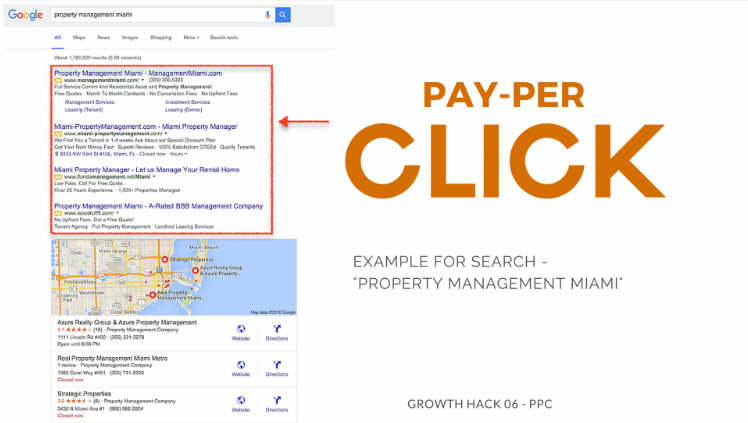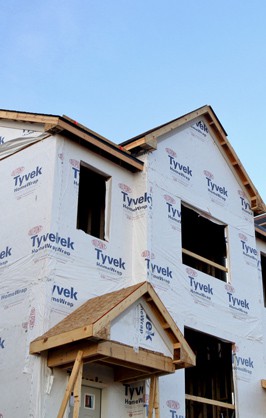Keep Summer Turnover Low with these Property Management Tips
Shared post from Appfolio

The summer season is a common end-of-lease timeframe. As a result, many renters wind up moving over the summer. This leaves property managers busy trying to fill vacancies; inspecting units after move-out; and juggling minor repairs, security deposit refunds, and a host of other tasks. If your lease cycle ends in the summer, try these tips to reduce tenant turnover, keep your task list short, and keep everyone satisfied.
Why Tenants Move Over the Summer
Before talking about ways to reduce turnover, let’s look at some of the reasons why tenants move out during summer.
If you are in a university town, there may be natural turnover due to graduation that you will not be able to avoid. There will always be a subset of tenants who leave due to “change of life circumstance” reasons such as graduating, relocating for work or school, obtaining a shorter commute, moving in with a life partner, or moving to a larger apartment (maybe one in your complex). It’s not these tenants that you should worry much about.
What you do need to worry about are the residents who leave for reasons that are within your control. This includes tenants who seek lower rent, more outdoor space or common areas, amenities your complex lacks, a more updated unit, or something else.
Think about the feedback you hear from tenants who are exiting. Are there any common themes? While some tenants may be telling a “white lie” and offer a change of life circumstance reasons, tenants often give you valuable feedback. And if you aren’t asking for it, start!
It may hurt to know that a tenant is leaving because they felt you did not make repairs quickly, or they found a great deal across town on a unit with a pool. However, this feedback is great because it tells you exactly where renters feel your property falls short. By tackling these areas, you can make your property more competitive and decrease summer turnover.
So the first step in retaining tenants is to review what amenities and services you offer, keeping in mind common reasons that tenants leave. Try to identify themes and correlations. You’ll then use them to make improvements to your processes and your property to reduce summer turnover.
How to Decrease Summer Turnover
These tips will help you encourage tenants to renew their lease for another year. Implement tips that make sense based on the themes you identified earlier:
Invite tenants to renew three months before the lease ends. Make it easy for renters to stay by inviting them to renew well in advance of the lease end date and being honest about any rent increases. This gives everyone three months to plan for the future. If tenants decline to renew, you can fill vacancies and reduce uncertainty.
Communicate proactively with tenants. Demonstrate that you are responsive and proactive. The more you can be courteous and responsive to residents, the happier they will be.
Offer a flexible summer sublet option. To increase tenant retention, make it easy for renters to sublet for a set period of time.
Make smart, energy-efficient improvements. Hot summers can leave renters with high energy bills trying to stay cool. If your units are older, weatherize and make energy-efficient improvements to increase comfort and reduce turnover.
Offer a loyalty incentive when renters renew their lease. From a discount on rent to an upgrade like free wifi, there are ways to get renters to renew their leases by offering desired perks.
Improve your property. Keep your apartment complex competitive with other local properties to reduce lease turnover for amenities. Property and unit improvements help attract quality renters who may be more likely to stay.
These proven tips will not only increase resident retention, but will make renters happier and lead to positive word-of-mouth press in your community. Track lease renewal rates to see how every technique you try leads to increased tenant retention and peace of mind.
The post Keep Summer Turnover Low with these Property Management Tips appeared first on The Official AppFolio Blog.




 About Ryan Green
About Ryan Green












 Source:
Source:  economic conditions and unsustainably high rent growth among them.
economic conditions and unsustainably high rent growth among them.






